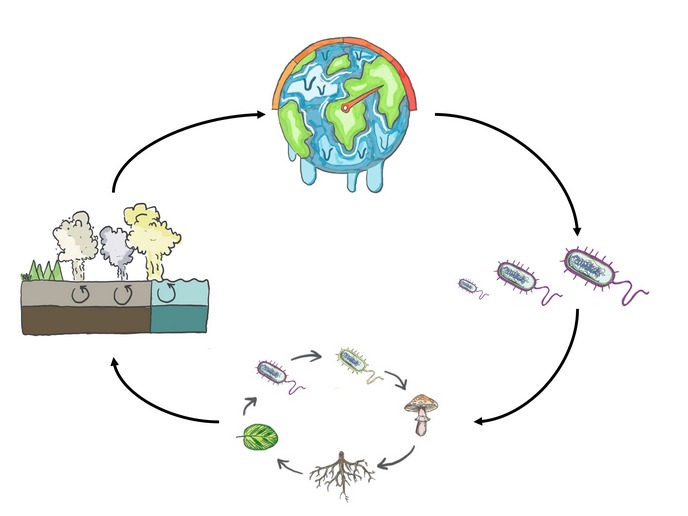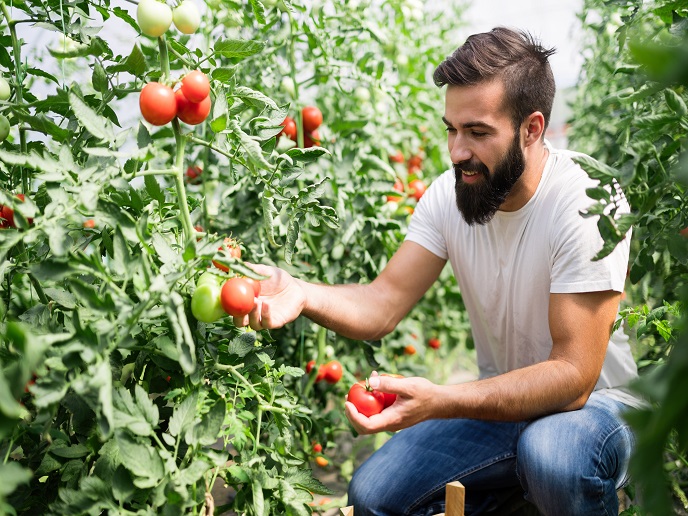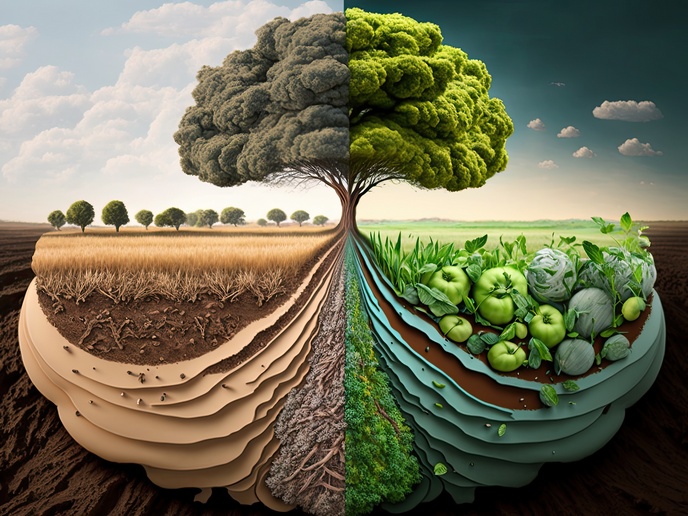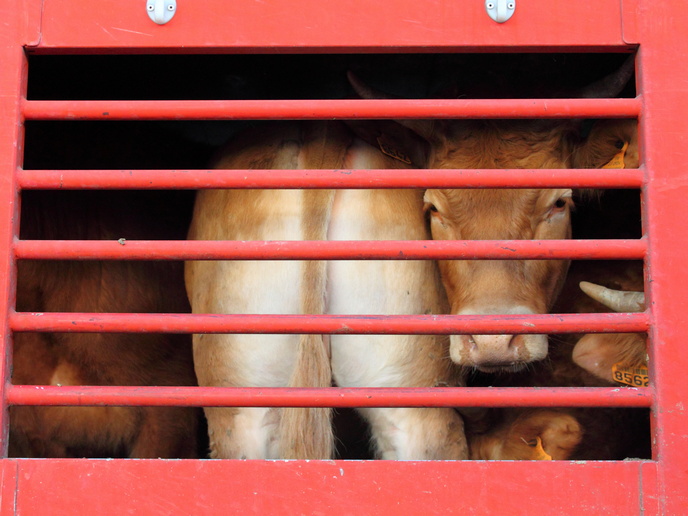Foundations for climate models incorporating Darwinian evolution
Soil stores more carbon than the Earth’s atmosphere and plant biomass together. As the largest source and sink of carbon exchanged with the atmosphere, it is a major determinant of Earth’s climate. Soil microbes play a key role in the exchange by decomposing soil organic matter (SOM). The microbes adapt and evolve by processes including mutation and dispersal (movement and colonisation elsewhere, with potential impact on gene flow in space). Current global soil models do not account for this. With the support of the Marie Skłodowska-Curie Actions (MSCA) programme, the GLOBALECOEVO project set out to fill the gap, shedding light on microbial adaptation to changes in litter chemistry and its impact on soil carbon emissions.
Microbial adaptation to litter chemistry at the microscale
SOM is primarily plant litter – dead plant material that has fallen to the ground. According to MSCA fellow Elsa Abs, who worked with project supervisor Philippe Ciais in the Laboratory for Sciences of Climate and Environment hosted by the University of Versailles Saint-Quentin-en-Yvelines: “Early in the project, I switched my focus from soil moisture to litter chemistry, shown in several empirical studies to have an even greater impact on microbial decay. Litter chemistry is expected to change with climate change because, as the planet warms up, plant species move to higher latitudes to look for the temperature they’re used to.”
Evolution of soil microbes – and fellows
The MSCA fellowship gave Abs the opportunity to not only fill a critical gap in climate models but also to grow professionally, adding important tools to their toolkit. They had studied microbial evolution theoretically, via a mathematic model. Within GLOBALECOEVO, they developed a numerical model to make predictions and accommodate much more complexity. They also learned the programming language Python in the process by using DEMENT, an open-source, agent-based numerical simulation model. Abs’ model was designed to answer two key questions: whether different processes of adaptation (i.e. dispersal and mutation) to litter chemistry led to the same adaptation and whether microbial evolution by mutation can contribute to microbial adaptation to climate change. Their ultimate goal was to integrate their pioneering numerical microbial model incorporating evolution into a land surface model.
Impact of microbial evolution for global soil models
GLOBALECODEVO successfully added adaptation/evolution by dispersal and mutation to the DEMENT model, which can now model adaptation of a microbial community to changes in litter chemistry and resulting changes in the decomposition of SOM. This led to the discovery that predictions of SOM decay are dependent on which process of adaptation occurs. “Finally, I proposed a way to simplify the complex dynamics of microbial evolution and integrate them into land surface models. I’m now working on testing whether microbial evolution can have a strong effect at a global scale,” Abs explains. Abs knew convincing the climate model community of the importance of microbial evolution would be difficult but their outstanding work has well and truly grabbed its attention. Their latest paper assesses the potential impact of microbial evolution on carbon-climate feedbacks. Abs’ research brings us closer to integrating a fundamental biological process – Darwinian evolution – into climate models for greater accuracy and opportunity for intervention.
Keywords
GLOBALECOEVO, microbial, soil, microbial evolution, litter chemistry, SOM, microbial adaptation, climate models, global soil model, soil microbes, soil organic matter







